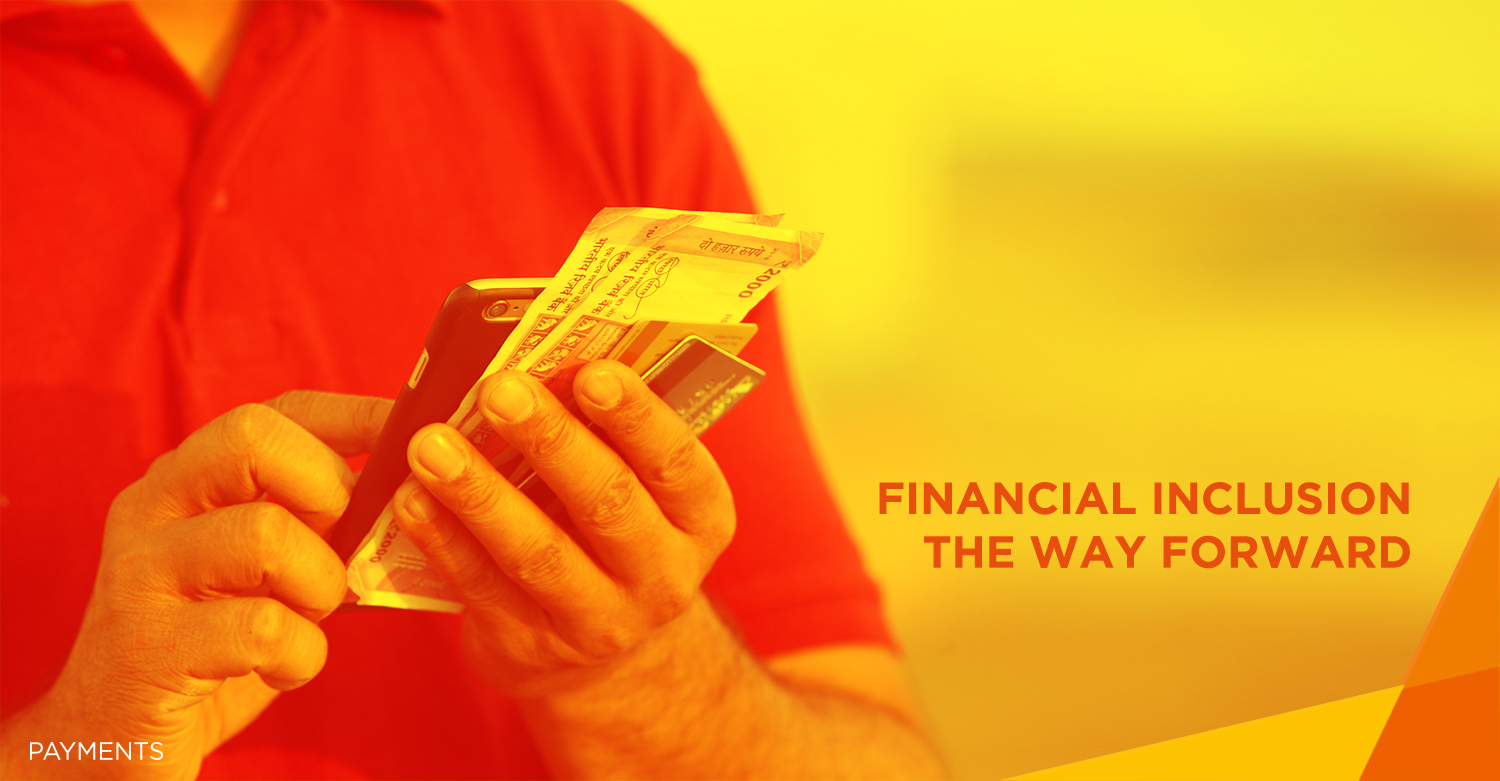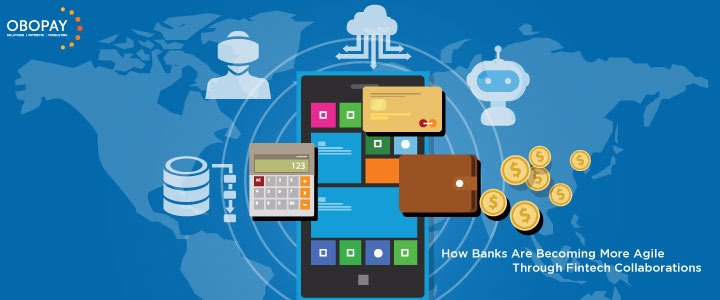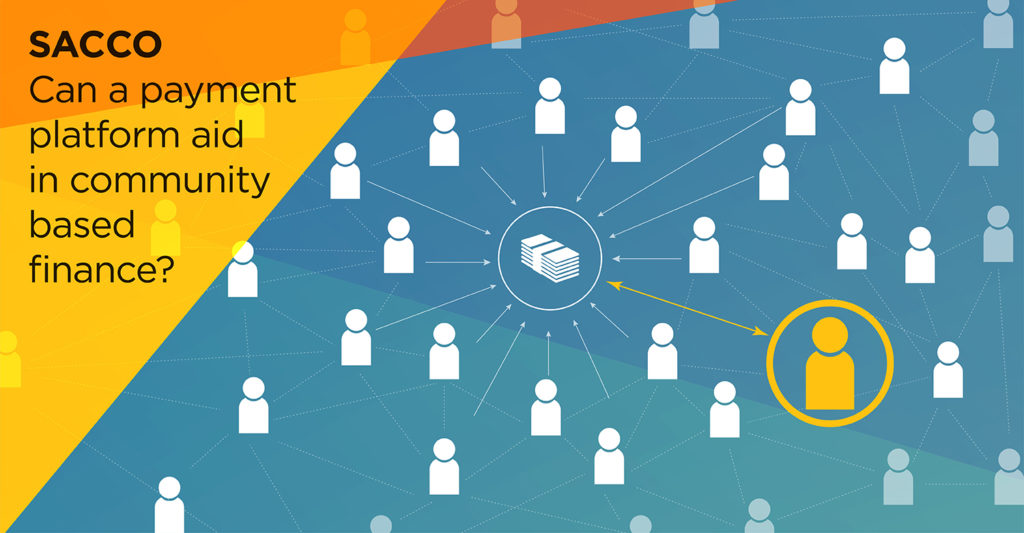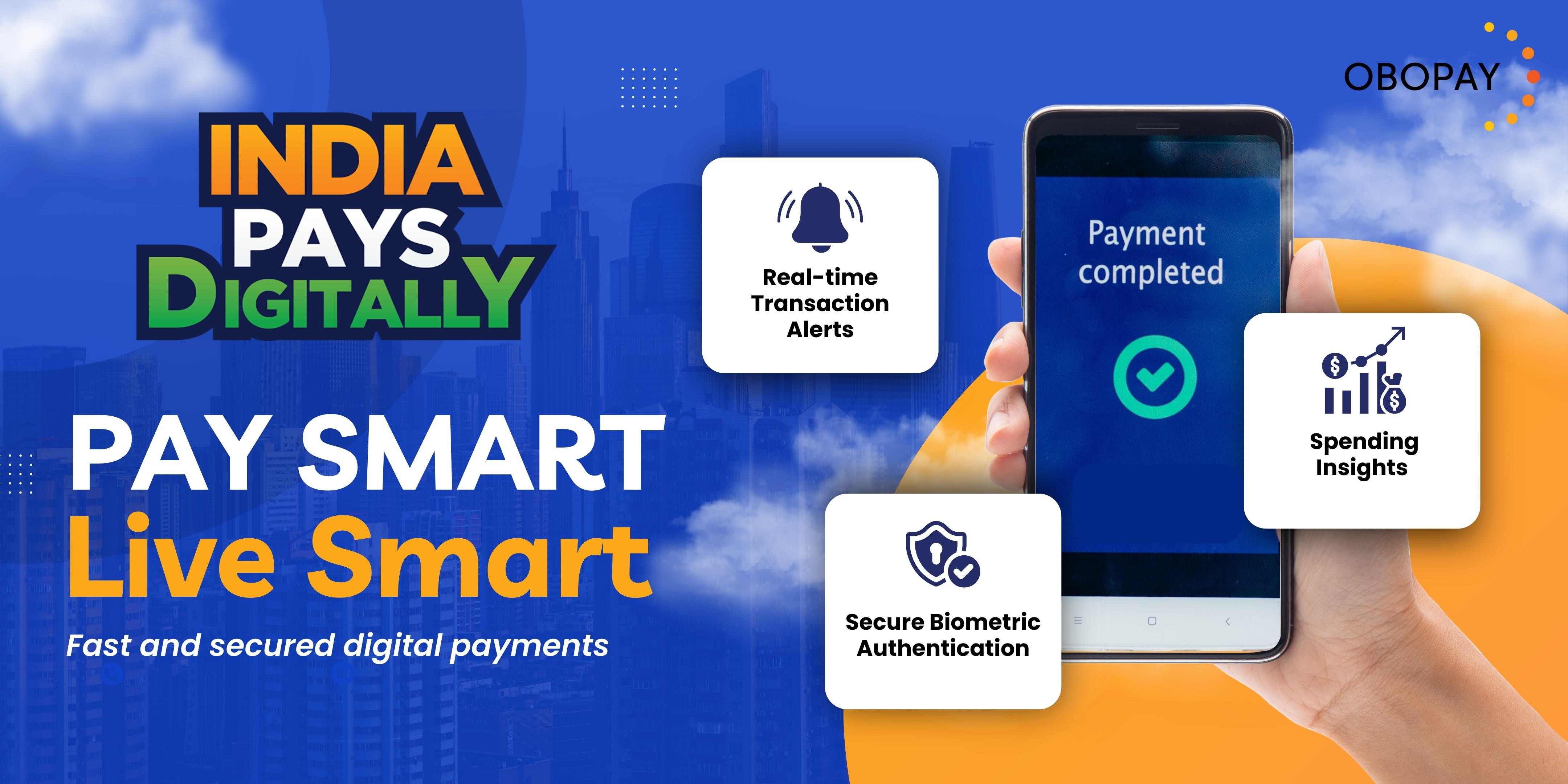
An RBI report in 2017 (by the Household Finance Committee, on 24 August 2017) said: “Despite non-discretionary eligibility rules for basic banking products, financial access outcomes are highly influenced by banks in India.”
In an audit by Mowl and Boudot in 2016, it was found that nearly all banks refused to market the regulator-mandated basic accounts, despite the customers being “atypically persistent” in demanding these basic products. More than half of the bank branches audited turned customers away when they tried to negotiate for alternative and affordable savings products. Many customers were also turned away when the bank refused to accept their valid identity or address proof.
Now let’s look at the Economic Survey 2015-16 findings on the status of Financial Inclusion in India: “The government’s big push for scaling up Direct Benefit Transfer of subsidies by using JAM (Jan Dhan Yojana, Aadhar and Mobile number) is unlikely to work in rural India in the short to medium term”. Further, “The JAM agenda is currently jammed by the last mile challenge of getting money from banks into beneficiaries’ hands, especially in rural India.”
If the picture painted by the Economic Survey 2015-16 is a result of turning away of customers seeking basic products as pointed by the Household Finance Committee, then there needs to be some active intervention to achieve the well-meaning goals of India’s Financial Inclusion program.
RBI Fires the First Shot
RBI, with a view to mainstream the financially excluded, fired the first shot through its Annual Policy Statement of April 2005. A bank account being the minimum first step to access various financial services, the RBI said that opening of a bank account for every eligible Indian citizen will be the first goal (over 50% of Indians did not have a savings bank account then). Commercial banks were the first ones to be asked to participate in this exercise. “No-frills accounts,” later to be rechristened “Basic Savings Bank and Deposit Account” (BSBDA), were introduced, thanks to RBI’s push and strong support from the Government of India.
The Business Correspondent (BC) agent is central to the model that was designed, and in theory, is a sound format. But in the Lowest (L1) Bidder model, the part that suffered the most in the process was the last mile – the BC agent. BC agents’ pay was low, and, in many cases, lower than the wages they were disbursing to the NREGS workers whose accounts also they helped open as a part of the financial inclusion drive.
The results of these attempts were there for all of us to see; bruised balance sheets of enterprises that stepped in with hope and folded up in despair, and badly implemented bank projects.
It is summed up in what the Economic Survey of 2015-16 had to say: “To measure states’ preparedness to implement JAM-based DBT, an index has been constructed based on factors such as Aadhar penetration, basic bank account penetration and BC density. The Urban DBT preparedness index was within the spectrum of 70% (MP & Chhattisgarh) and 25% (Bihar & Jharkhand). The DBT rural preparedness scores are ‘significantly worse’ than the urban scores with an average of 3% and a maximum of 5%.”
Though the scene has changed for the better now, a lot more remains to be done.
Fintech for Financial Inclusion
OBOPAY’s ongoing work in various industries has given us insights into how financial technology solutions have the capability to address the issue of financial inclusion. Cashless and paperless banking, brought into the mainstream by the recently formed payments banks, are a step in this direction.
Payments banks are an interesting exercise by the RBI to leverage the distribution muscle of entities like telecom companies and India Post to bring basic banking to the last mile.
Digitalization of ecosystem payments will help the underbanked. Payment solutions for agricultural value chains, logistics, SMEs and other ecosystems will bring entities like farmers and truck drivers into the ambit of the formal financial system. Government subsidy disbursal through the DBT scheme is another promising area for Fintechs. Their involvement in DBT is bringing about a change in how people receive subsidies, and how the bottom of the pyramid is reached.
Another way that Fintechs are bringing about a revolution of sorts is in lending. Small loans can be given even to those without credit history based on non-traditional methods of evaluation that many Fintechs have pioneered and whose partnership has helped banks access them
At OBOPAY, we are collaborating with various organizations towards creating synergy and crafting solutions that unlock the potential of the underbanked and unbanked and ensure their participation in value creation. Our PPI license will enable us explore further and design appropriate solutions.









About The Author: Obopay
More posts by Obopay